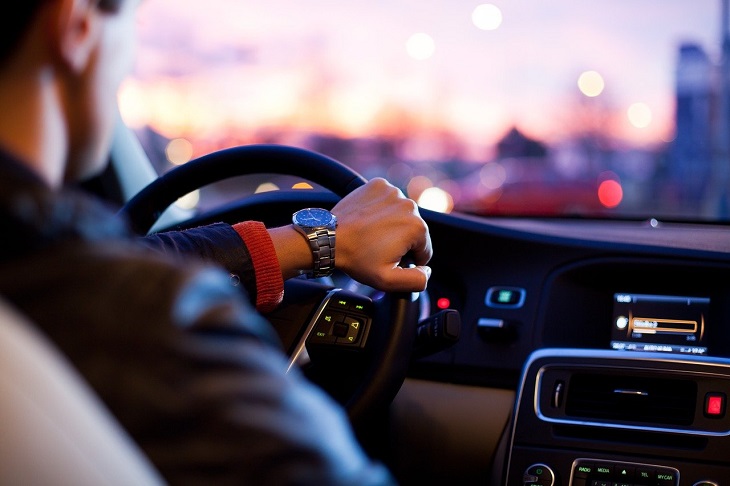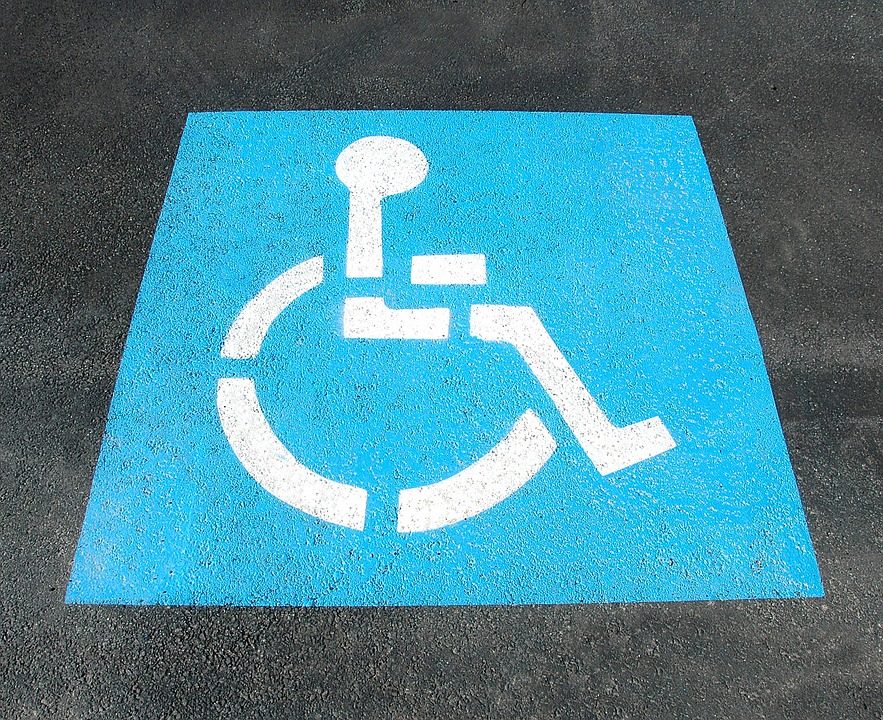The coronavirus pandemic is still taking its course in the US. Many areas of the country still have high infection rates; COVID-19 is causing a lot of people to get sick and death rates are still high. There is also a lot of psychological suffering being caused indirectly by the pandemic. People are suffering from stress caused by anxiety, worry, and economic woes.
Even though it is safer to stay at home whenever possible, it is still necessary for millions of Americans to visit their doctor in-person during the pandemic. Many disabled parking permit holders still have consultations they need to attend because they can only be done in-person. For this reason, it’s essential that you know how to stay safe by maintaining social distance when visiting the doctor’s office.
The COVID-19 pandemic is an unprecedented event. The rules around staying safe are new and often subject to change. So, disabled drivers may have a lot of questions about how to stay safe when visiting their doctor for an in-person consultation during COVID-19… What is social distancing? What is the social distancing guideline for COVID-19? How can I safely travel with COVID-19 if I need to get medical care? How do you maintain social distance while visiting your doctor during covid?
We will answer all of these important questions today.

What Is Social Distancing?
“Social distancing” is a term most of us had never heard until the beginning of 2020. But now the vast majority of the humans on the planet have heard it (or their mother tongue’s variation, at least!). Social distancing is a public health measure implemented to prevent the spread of a contagious disease. It involves maintaining a set physical distance between people and reducing the amount of close contact people have with each other.
What Is The Social Distancing Guideline For COVID-19?
Social distancing is seen as being a major weapon in the fight against COVID-19. COVID is a highly contagious virus and so stopping contagion, or keeping it as low as possible, is extremely important. The social distancing guideline for COVID-19 is that people should stay at least six feet away from each other, even if neither person has any symptoms of the disease.
There are also various measures that restrict social gathering and household mixing. The specific details of these measures vary state by state.
How Can I Safely Travel With COVID-19 If I Need To Get Medical Care?
Traveling during COVID-19 is not recommended unless it is essential. Traveling to get medical care is considered essential travel. When traveling during COVID, it is crucial that you stay safe by following social distancing guidelines. If you are traveling in your own vehicle, the main danger points are getting to and leaving your vehicle, so maintain strict social distance during these times.
How To Maintain Social Distance At The Doctor’s Office
When visiting your doctor during COVID it is essential to maintain social distance. When parking your car at the doctor’s office, try to park in a space that is not surrounded by other cars. While entering and exiting your vehicle and walking to the doctor’s office, stay six feet away from other people.
Social distancing in waiting rooms is usually quite straightforward because you are only allowed to sit in certain seats that are at least six feet apart. It is important that you always wear a face mask while in the doctor’s office. Finally, wash your hands and use sanitizer after touching any surfaces in your doctor’s office or in the parking lot.

How Do You Maintain Social Distance When Applying For A Disabled Parking Permit?
The best way to maintain social distance when applying for a disabled parking permit is to apply online using telemedicine. The Dr. Handicap online clinic will set up a remote telemedicine consultation between you and a licensed doctor in your state.
The doctor will examine you in order to verify your disability and suitability for a disabled parking permit. Once you have been approved for a disabled parking permit, the doctor will certify any forms needed for you to acquire access to your state’s parking program. It is a quick, easy, and socially distanced process.







